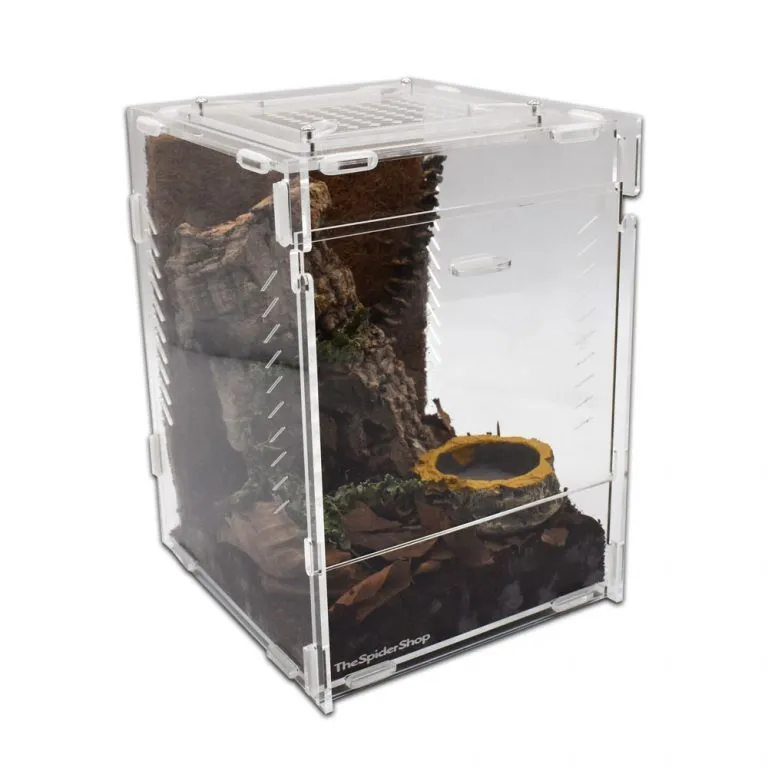Choosing Your Tarantula
Bringing a tarantula into your home can be a rewarding experience, but it’s essential to start with the right information. These fascinating creatures require specific care to thrive. Before you welcome a tarantula into your life, it’s crucial to understand their needs, behavior, and the commitment involved in providing a suitable habitat and diet. This guide will walk you through everything from selecting the right species to ensuring their health and happiness.
Popular Tarantula Species
Not all tarantulas are created equal, and some are better suited for beginners than others. The Chilean Rose Hair tarantula (Grammostola rosea) is renowned for its docile nature and is often recommended for those new to tarantula ownership. Other excellent choices include the Mexican Red Knee tarantula (Brachypelma hamorii), also known for its relatively calm temperament and vibrant coloration, and the Pinktoe tarantula (Avicularia avicularia), which is known for its arboreal lifestyle and unique appearance. It’s important to research each species thoroughly to understand their specific needs, as these needs vary quite a bit. Consider the size of the tarantula, its temperament, and its specific care requirements.
Considerations Before Buying

Before acquiring a tarantula, evaluate your lifestyle and commitment level. Tarantulas can live for many years, with females often outliving males. Be prepared to provide consistent care throughout their lifespan. Consider the costs involved, including the initial purchase price, enclosure setup, substrate, food, and any potential veterinary expenses. Ensure you have a safe and secure location in your home where the tarantula can live undisturbed. Research local regulations regarding exotic pet ownership, as some areas may have restrictions. Finally, consider any allergies in the household and ensure everyone is comfortable with the presence of an arachnid.
Setting Up Your Tarantula’s Habitat
Creating the right environment is critical for your tarantula’s health and well-being. A well-designed habitat mimics their natural environment and allows them to thrive. The enclosure should provide adequate space, appropriate substrate, and the right temperature and humidity levels to ensure that your tarantula feels safe, comfortable, and protected. The setup of the habitat is one of the most important parts of tarantula spider care and it will help you in the long run.
Enclosure Size and Type
The size of the enclosure should be appropriate for the tarantula’s size. A good rule of thumb is to provide a space that is at least three times the tarantula’s leg span in width and length. The height of the enclosure depends on the species; terrestrial species don’t need as much height as arboreal species. Glass or acrylic terrariums are excellent choices because they provide good visibility and are easy to clean. Ensure the enclosure has a secure lid to prevent escape. Ventilation is crucial to prevent mold and maintain air quality. Ensure that the enclosure has proper ventilation to prevent the build-up of moisture and the growth of mold.
Substrate and Decor
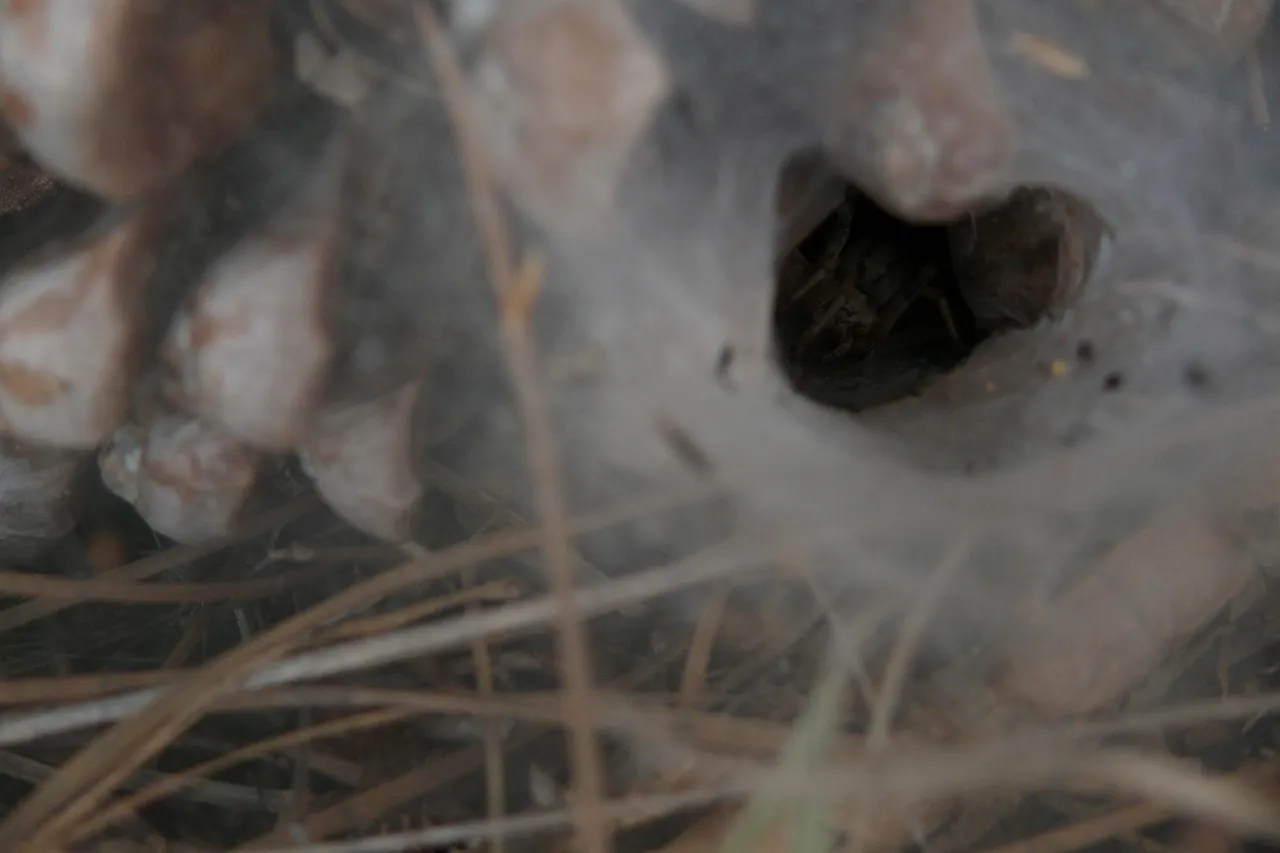
The substrate serves as the ground for your tarantula and should be chosen carefully. For terrestrial species, a substrate like a mix of coconut fiber, peat moss, and a bit of vermiculite works well. This mix retains moisture and allows the tarantula to burrow. Arboreal species may prefer a substrate that is slightly drier, with more emphasis on providing climbing surfaces like cork bark or branches. Decorate the enclosure with hides, such as a half-log or a piece of cork bark, to provide a secure and comfortable retreat for the tarantula. Plants, both live and artificial, can add aesthetic appeal and offer additional hiding spots, but ensure they are non-toxic.
Temperature and Humidity
Temperature and humidity are critical factors in maintaining a healthy environment. Most tarantulas thrive in temperatures between 75°F and 85°F (24°C and 29°C). Use a heat source like a heat mat or a ceramic heat emitter, but avoid placing the heat source directly under the enclosure, as it can overheat the tarantula. Monitor the temperature using a thermometer. The ideal humidity level varies depending on the species, but a general range of 60-70% is suitable for many species. You can maintain humidity by misting the enclosure regularly, particularly for more humid-loving species. A hygrometer will help you monitor humidity levels and make necessary adjustments.
Feeding Your Tarantula
Feeding your tarantula correctly is essential for its health and growth. Understanding the nutritional needs of tarantulas and establishing a regular feeding routine is crucial for their well-being. A balanced diet will ensure your tarantula has the energy and nutrients it needs to thrive. Remember, overfeeding can be as detrimental as underfeeding, so finding the right balance is essential.
What to Feed Tarantulas
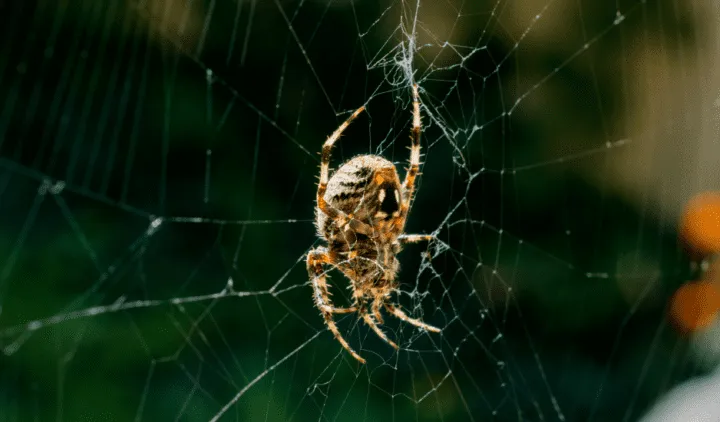
Tarantulas are primarily insectivores, meaning they eat insects. Crickets, mealworms, roaches, and other commercially available insects are all appropriate food sources. The size of the prey should be appropriate for the size of the tarantula; generally, the prey should be no larger than the tarantula’s body length. Avoid feeding wild-caught insects, as they may carry parasites or pesticides. Ensure the insects are gut-loaded with nutritious food, such as vegetables and commercial insect food, before feeding them to your tarantula. Supplementing the diet with occasional treats, like small pieces of pre-killed pinky mice for larger tarantulas, can add variety and provide extra nutrients.
Feeding Frequency and Amounts
The feeding frequency depends on the tarantula’s age and species. Younger tarantulas, known as slings, may need to be fed more frequently, sometimes every other day. Adult tarantulas, on the other hand, can be fed once or twice a week. Remove any uneaten prey within 24 hours to prevent stress to the tarantula and prevent the growth of mold. Overfeeding can lead to health problems, such as obesity, so monitor your tarantula’s abdomen to ensure it doesn’t become overly large. Always provide fresh, clean water in a shallow dish, and make sure it’s always available.
Watering Your Tarantula
Providing fresh water is critical for hydration. Always have a shallow water dish available, especially for adult tarantulas. For smaller tarantulas and slings, you can provide water by lightly misting the enclosure once or twice a week. Be careful not to oversaturate the substrate, which can lead to mold growth. Ensure the water dish is cleaned regularly to prevent contamination. Monitor the water level to ensure it’s always available. Proper hydration is essential for molting and overall health.
Handling and Interaction
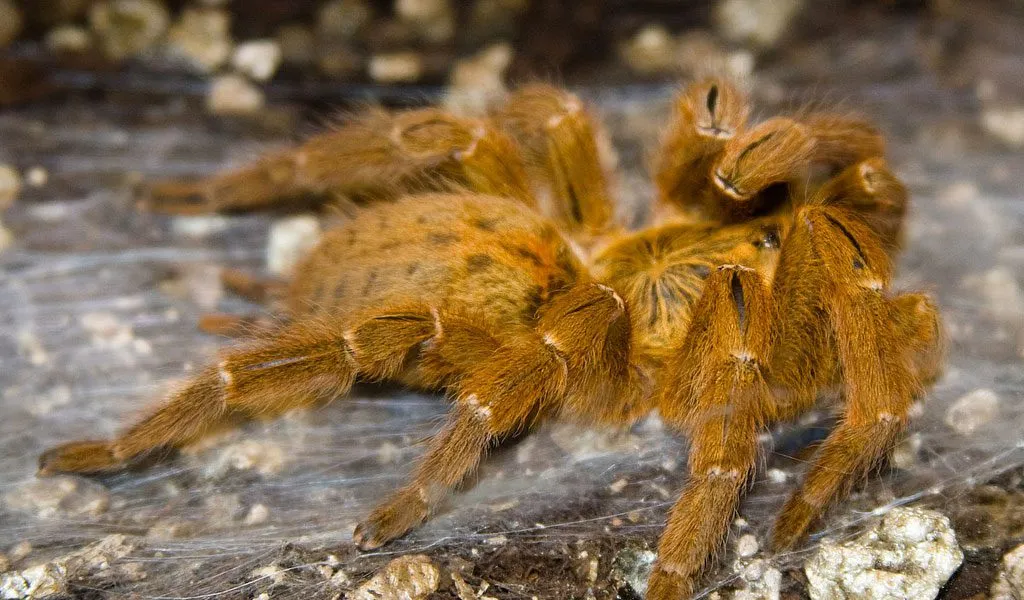
Tarantulas are not typically handled pets, and excessive handling can stress them. However, understanding safe handling practices is essential if handling is necessary. Knowing how to recognize stress signals and what to do in case of a bite is important for your safety and the tarantula’s well-being. Approach handling with caution, and always prioritize the tarantula’s safety and comfort.
Safe Handling Practices
If you choose to handle your tarantula, do so with caution and patience. Always handle the tarantula close to the ground, in case it falls. Avoid sudden movements or loud noises, as these can startle the tarantula. Allow the tarantula to walk onto your hand rather than picking it up. Wash your hands thoroughly before and after handling to prevent the transfer of oils or chemicals. Avoid handling after a molt, as their fangs and exoskeleton will be soft, making them more vulnerable.
Recognizing Stress Signals
Learn to recognize signs of stress in your tarantula. These include raising its front legs in a defensive posture, flicking hairs from its abdomen (a defense mechanism), or trying to escape. If your tarantula exhibits these behaviors, it’s best to leave it alone. Avoid handling if your tarantula is showing any signs of stress. If bitten, stay calm. Tarantula bites are rarely life-threatening to humans, but may cause local pain, redness, and swelling. Clean the wound thoroughly with soap and water, and seek medical attention if symptoms worsen.
Health and Common Issues
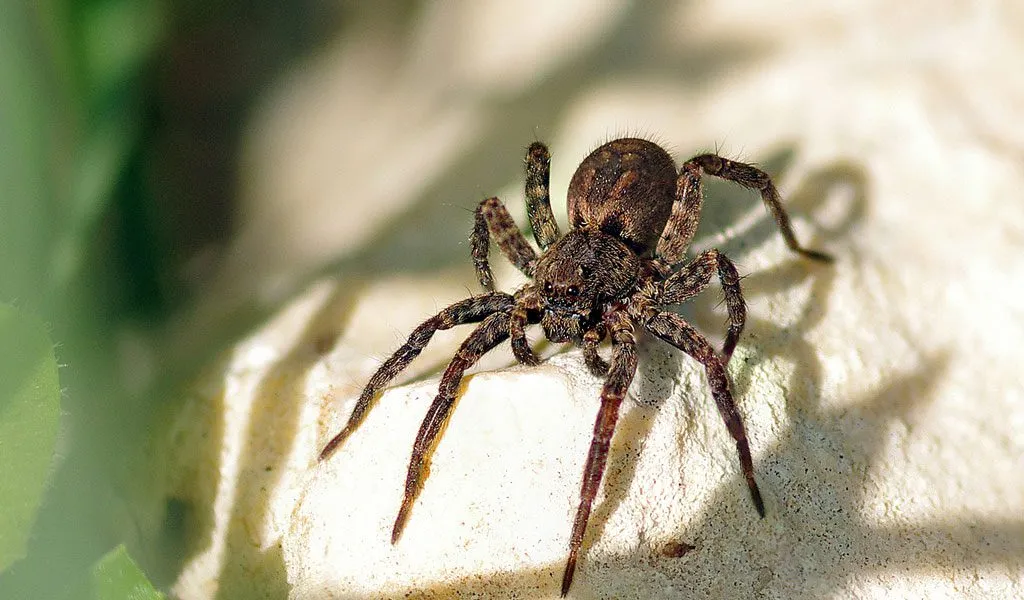
Like all pets, tarantulas can experience health issues. Knowing how to identify common problems, understanding the molting process, and knowing when to seek professional help are crucial aspects of tarantula care. Regular observation and preventative measures will help ensure your tarantula lives a long, healthy life. While most tarantula species are hardy, health issues can still arise, and early detection and intervention are key.
Molting and What to Expect
Molting is a natural process where tarantulas shed their exoskeleton to grow. During molting, the tarantula becomes vulnerable and should be left undisturbed. You’ll notice the tarantula will stop eating and may lie on its back. The molting process can take anywhere from a few hours to a few days. After molting, the tarantula’s fangs and exoskeleton will be soft, and they should not be handled for several days. Provide extra humidity during the molting period. Do not feed your tarantula until its fangs have hardened, usually a week or two after molting.
Identifying and Treating Diseases
Watch for signs of illness in your tarantula. These include lethargy, loss of appetite, unusual posture, or discoloration. If you suspect your tarantula is sick, consult with a veterinarian experienced in exotic animals. Common issues include fungal infections, mites, and parasites. Maintain a clean and hygienic environment to prevent many health issues. Provide a clean water source and remove uneaten food promptly. Quarantine any new tarantulas before introducing them to your collection to prevent the spread of diseases.
Tarantula Care: Final Thoughts

Caring for a tarantula can be a rewarding experience. By understanding their specific needs, providing a suitable environment, and following proper care practices, you can ensure your tarantula thrives. Remember to research the specific needs of your chosen species and be prepared for the long-term commitment of tarantula ownership. With proper care, your tarantula can become a fascinating and engaging pet. Regular observation, attention to detail, and a commitment to learning will contribute to the health and happiness of your tarantula.
